U.S. Bolsters Arctic Presence to Counter Russia and China
The Pentagon has launched a new strategy to strengthen U.S. military presence in the Arctic. This move aims to address increasing geopolitical tensions as climate change opens new sea routes.
Deputy Secretary of Defense Kathleen Hicks highlighted the importance of ensuring Arctic stability and security, “now and into the future.”
Why the Arctic Matters
The Arctic is becoming a critical area due to its strategic location and resources. Melting ice caps are opening new passageways, increasing interest from global powers.
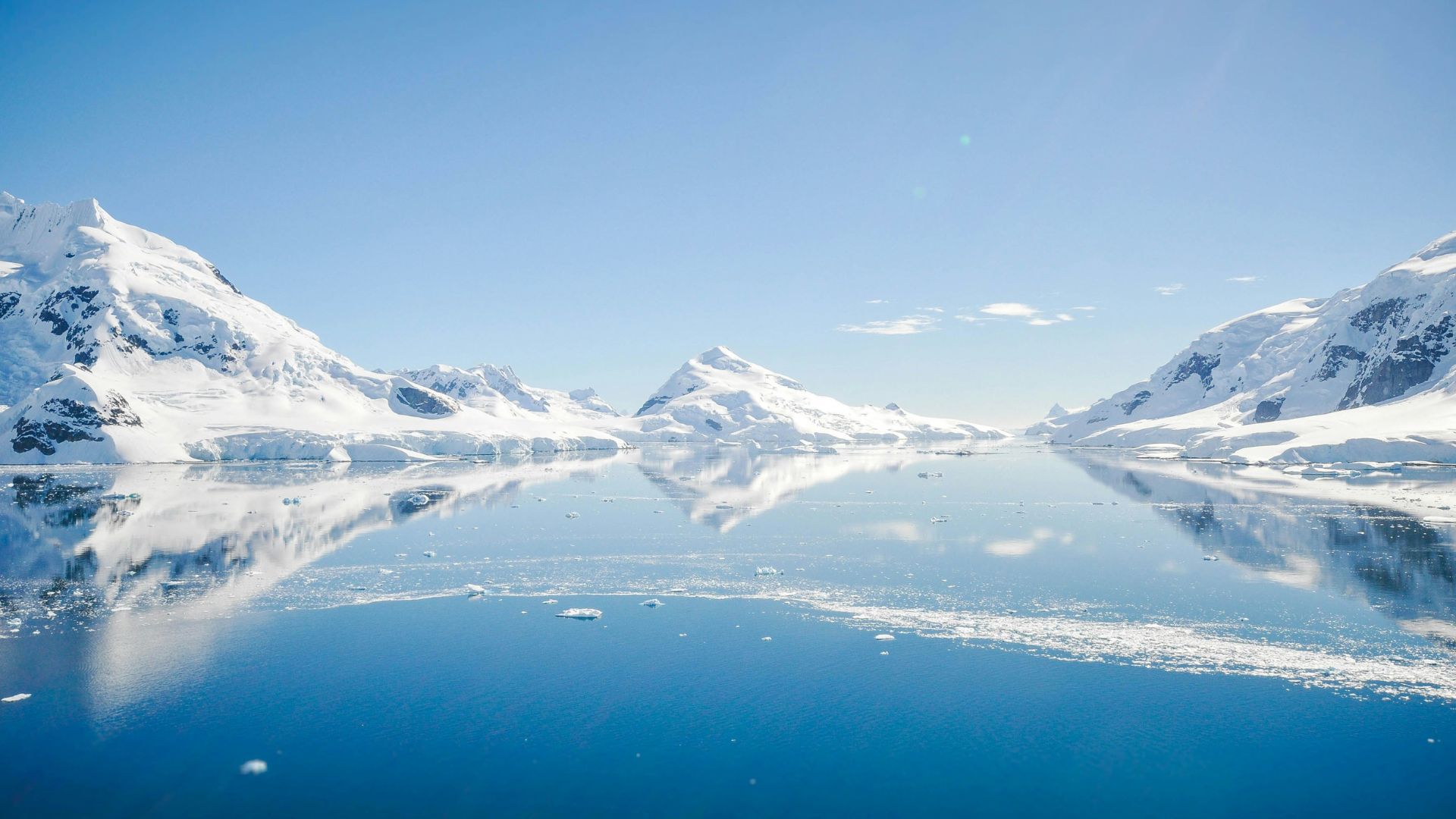
Source: henrique setim/Unsplash
This shift has prompted the U.S. to enhance its Arctic capabilities to counter Russia and China’s growing influence.
Investing in Icebreaker Ships
A key part of the strategy is investing in more icebreaker ships. The U.S. has partnered with Finland and Canada in a multibillion-dollar effort to build these vessels.
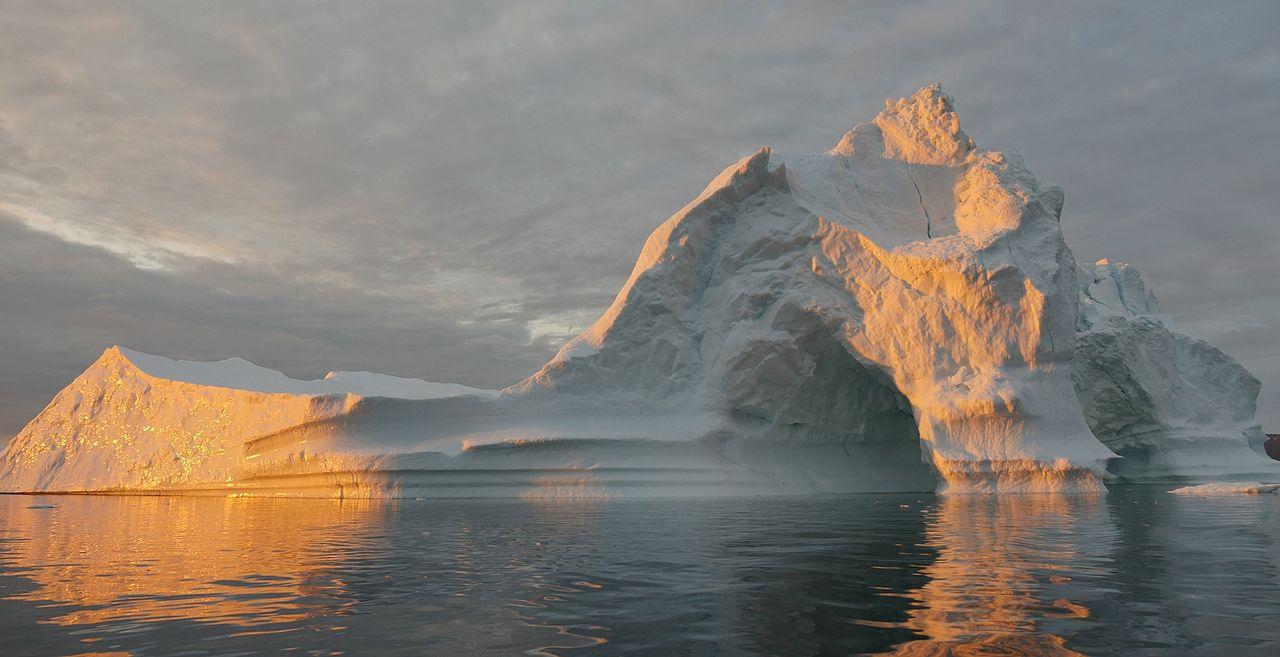
Source: Wikimedia
This initiative aims to match Russia’s fleet of around 40 icebreakers, compared to the U.S.’s two aging ones.
Training for the Arctic Environment
The strategy includes specialized training for U.S. forces to operate in harsh Arctic conditions.
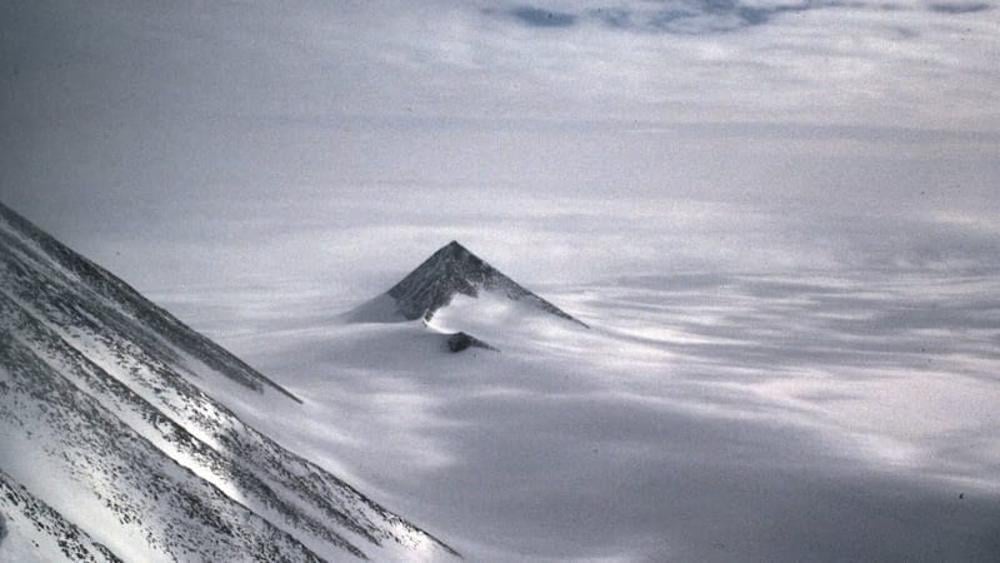
Source: @ConspiracyDad3/X
Troops will receive equipment and procedures tailored for temperatures as low as minus 50 degrees Fahrenheit. This preparation is vital for mission success in the extreme environment.
Building Regional Bases
Establishing regional bases is another critical component of the new strategy. These bases will support operations and ensure a sustained U.S. presence in the Arctic.

Source: Freepik
This infrastructure will enhance the U.S.’s ability to respond to any developments in the region.
Advanced Technology for Arctic Missions
The Pentagon is also focusing on advanced technology, including manned aircraft and drones. These technologies are designed specifically for Arctic conditions.
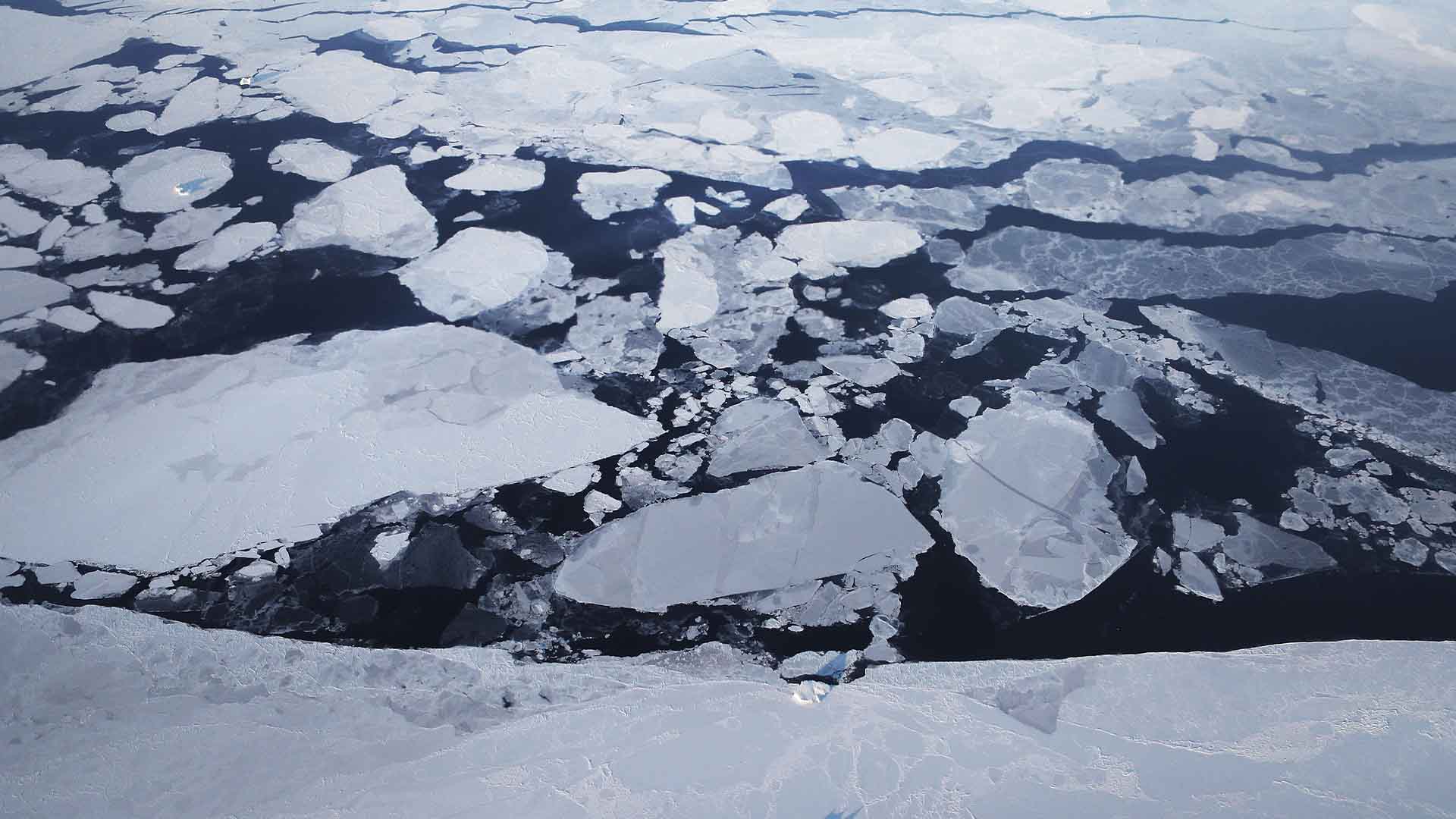
Source: Mario Tama/Getty Images
Investments in cold-weather gear and communication infrastructure will further support these missions.
Enhancing Radar and Sensor Networks
Modernizing radar and sensor networks is essential for Arctic operations. The strategy includes upgrading the North American Aerospace Defense Command’s capabilities.
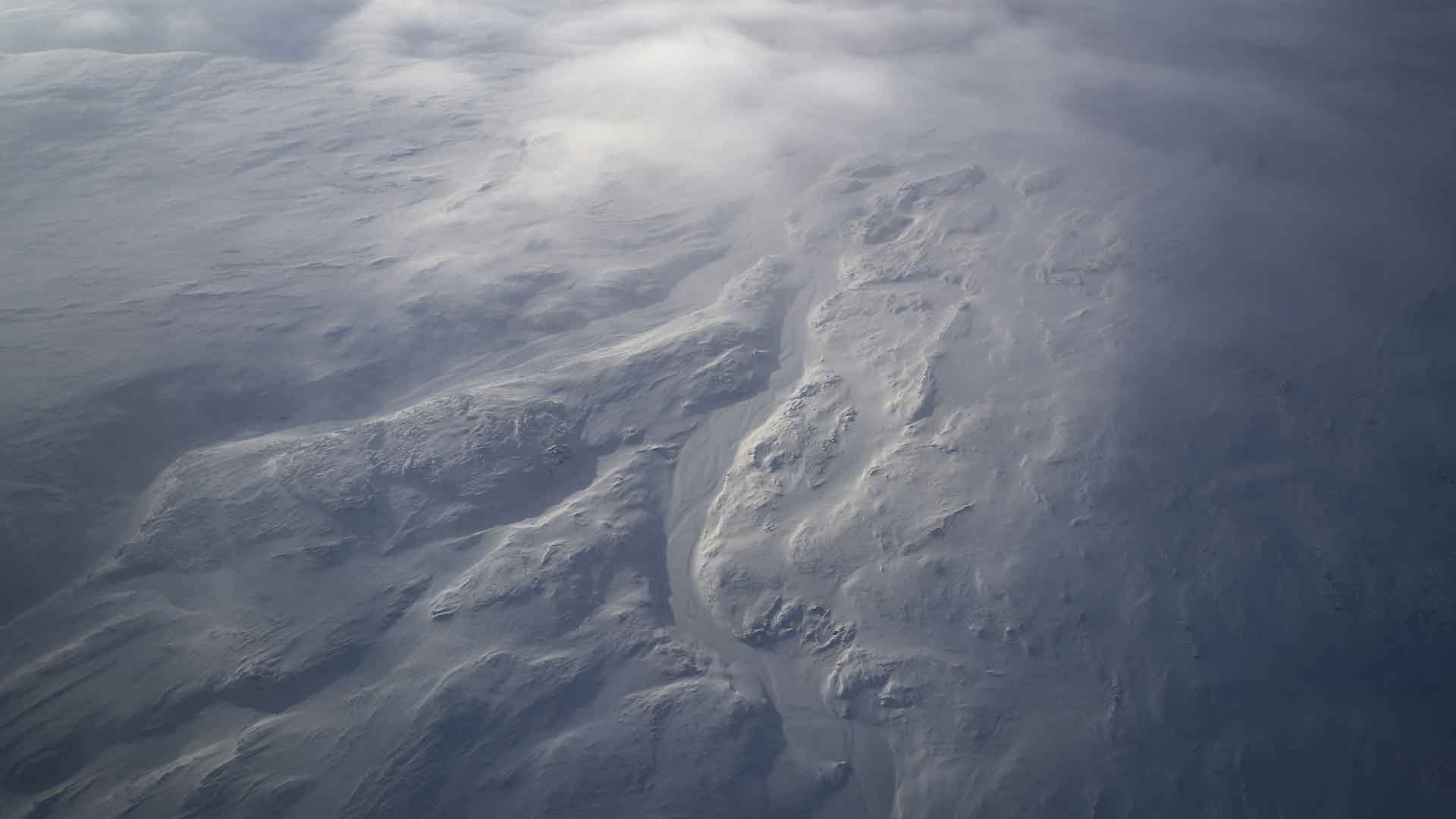
Source: Mario Tama/Getty Images
Improved intelligence and information-sharing will be needed for properly monitoring activities in the region.
International Collaboration Efforts
The U.S. is working closely with allies to strengthen its Arctic presence.

Source: Cytonn Photography/Pexels
Partnerships with NATO members and Arctic nations like Canada and Finland will help to enhance joint training exercises and operational readiness.
Concerns Over Russia’s Arctic Ambitions
Russia’s significant investment in the Arctic includes expanding and renovating military installations.
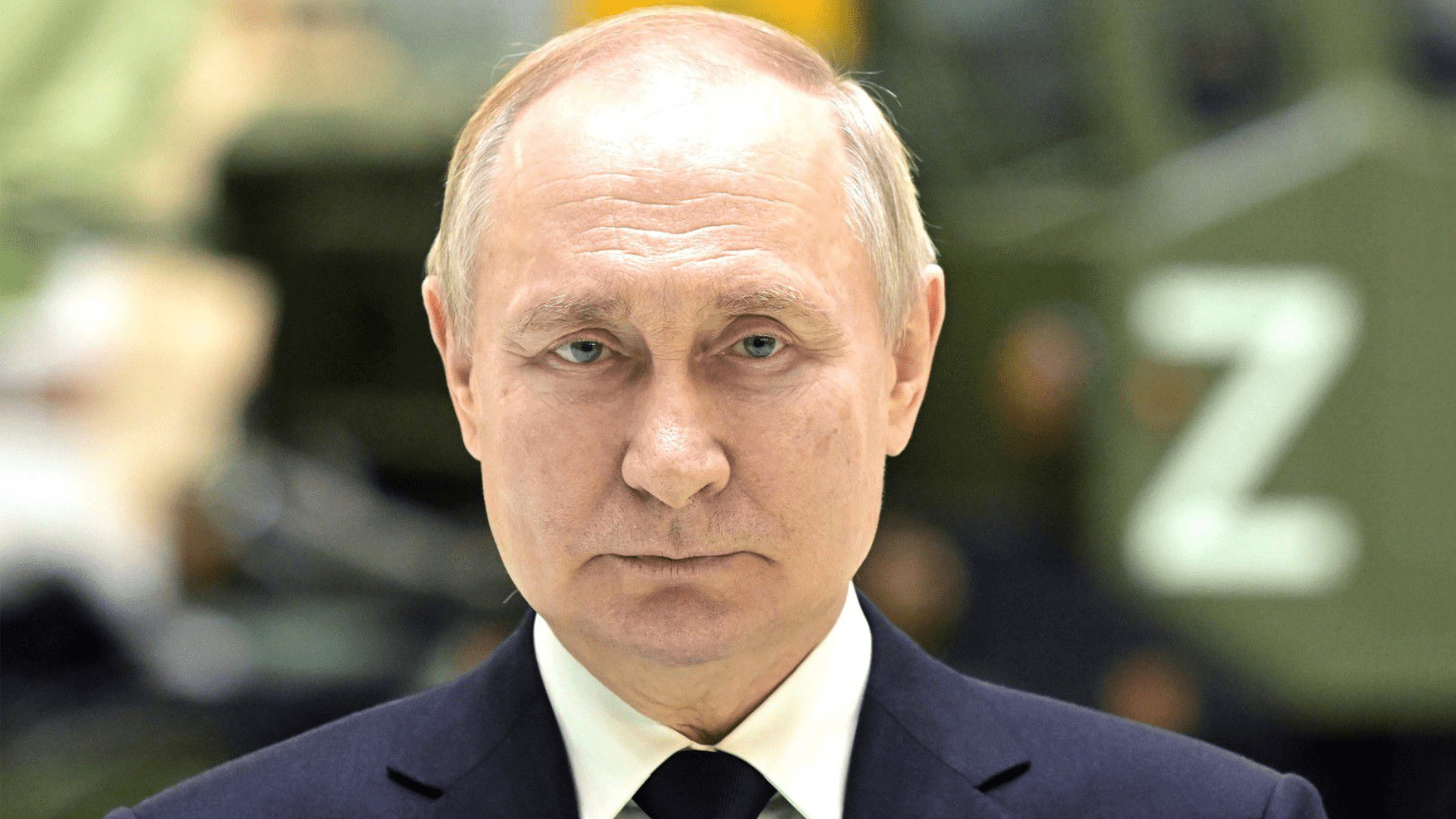
kremlin.ru/Wikimedia Commons
With the largest share of Arctic territory, Russia’s activities are a major concern for the U.S. The Pentagon’s strategy aims to counter these developments effectively.
China's Growing Interest in the Arctic
Although not an Arctic state, China is increasingly active in the region. Beijing’s research missions often have military implications, raising U.S. concerns.

Source: Freeimageslive
China’s push to promote the Arctic as a shared space and its investments in the region are part of this growing interest.
Quotes from Defense Officials
Deputy Secretary of Defense Kathleen Hicks emphasized the importance of the strategy, stating, “This new Arctic strategy is an important step forward in ensuring that the Arctic remains stable and secure.”

Source: Freepik
Iris Ferguson, deputy assistant secretary of defense for Arctic and global resilience, added that the plan narrows in on specific capabilities like communication infrastructure.
Future Outlook
The new strategy represents a significant shift in the U.S. approach to Arctic operations. Continuous training and proficiency in the region will be essential.

Source: Torsten Dederichs/Unsplash
The Pentagon aims to ensure the U.S. is prepared to address emerging challenges and maintain a strong, proactive presence in the Arctic.
